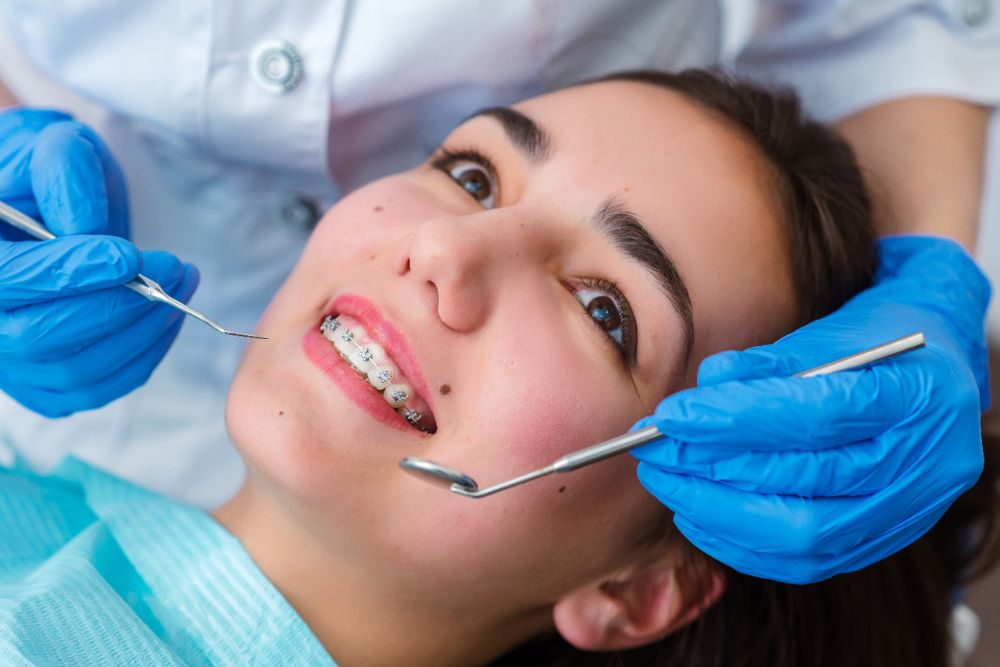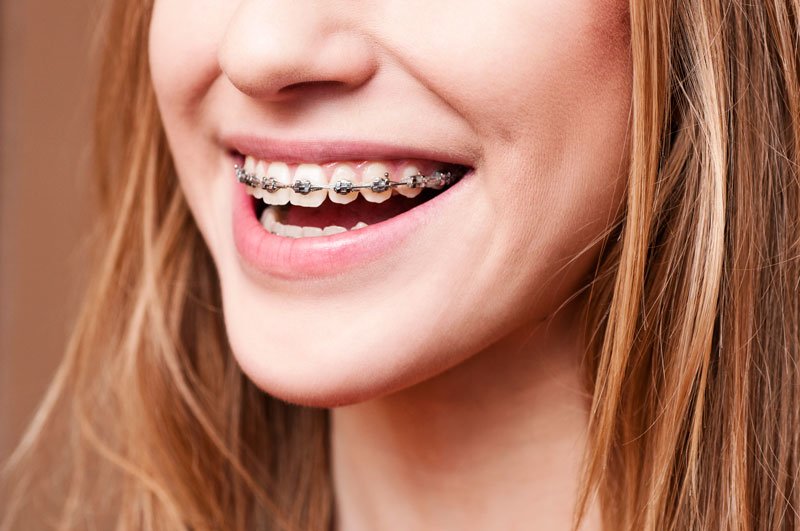Comprehensive Overview to Orthodontics Treatments for Correcting Oral Imbalances
Recognizing the intricacies of each treatment, including their devices, advantages, and prospective disadvantages, is essential in making notified choices regarding one's orthodontic treatment. As we browse through the detailed overview to orthodontic treatments for fixing oral imbalances, the detailed details of each technique will certainly unravel, dropping light on the path toward a functional and harmonious oral placement.
Orthodontic Procedures Review

In enhancement to conventional braces and clear aligners, orthodontists may also suggest other treatments like headwear, palatal expanders, or retainers to resolve particular placement problems (cumming orthodontist). These procedures are customized per individual's distinct needs and may entail a mix of treatments to accomplish the preferred results. Routine changes and tracking are crucial parts of orthodontic therapy to ensure development is on track and to make any kind of essential adjustments in the process. By undergoing orthodontic procedures, patients can not just achieve a straighter grin but likewise enhance their total dental wellness and function.
Typical Dental Braces: How They Work
When taking into consideration orthodontic therapies for dental misalignments, conventional braces stand out as a time-tested method for remedying teeth positioning. Typical braces contain brackets, wires, and bands that interact to use continuous pressure on the teeth, progressively moving them right into the preferred positioning. The braces are affixed to the teeth using a special adhesive, and the wires are threaded through the brackets. By adjusting the stress of the wires, orthodontists can regulate the instructions and force used to each tooth, leading them right into proper alignment over time.
As stress is applied to the teeth via the braces, the bone surrounding the teeth is improved to sustain the new tooth positions. Individuals will certainly need routine modifications at the orthodontist's workplace to make sure the braces continue to use the appropriate stress for effective teeth movement.
Unseen Aligners: Cons and pros
These clear, personalized trays are basically invisible when put on, making them an enticing alternative for people looking for a more aesthetically pleasing orthodontic therapy. People can get rid of the aligners prior to eating or cleaning their teeth, lowering the danger of food getting stuck in the appliance and streamlining the cleaning procedure.

Surgical Orthodontic Options
Surgical interventions in orthodontics present viable website link choices for dealing with intricate dental misalignments that might not be properly fixed with conventional orthodontic therapies. While unseen aligners and conventional dental braces can correct lots of orthodontic issues, specific instances call for surgical intervention to attain optimum outcomes. Surgical orthodontic options are commonly recommended for serious malocclusions, substantial jaw discrepancies, and situations where the try this underlying bone framework needs alteration to achieve proper positioning.
One usual medical orthodontic treatment is orthognathic surgery, which includes repositioning the jaws to correct functional issues such as trouble eating or talking. This surgical procedure is frequently carried out in cooperation with an orthodontist who helps align the teeth prior to and after the treatment. Surgical orthodontics may likewise include treatments to expose affected teeth, remove excess gum tissue, or improve the jawbone to create a more harmonious facial profile.
Before taking into consideration medical orthodontic alternatives, individuals undergo an extensive assessment to establish the need and possible benefits of such interventions. cumming orthodontics. While surgical treatment may appear challenging, it can considerably boost both the function and aesthetic appeals of the smile in situations where conventional orthodontic therapies fail
Retainers and Post-Treatment Treatment

Post-treatment care includes adhering to the orthodontist's guidelines diligently. This might consist of appropriate dental hygiene methods, attending follow-up visits, and using the retainers as recommended. Failing to abide by post-treatment care instructions can lead to relapse, where the teeth slowly move back in the direction of their initial placements. Constant retainer wear, good dental hygiene, and regular dental check-ups are essential for keeping the results attained through orthodontic surgical procedure and making certain the long-lasting security of the remedied oral positioning.
Conclusion
In conclusion, orthodontic procedures provide various choices for remedying dental imbalances. Surgical orthodontic choices are offered for much more serious misalignments. Overall, orthodontic treatments can properly boost oral wellness and visual appearance.
As we navigate via the thorough overview to orthodontic treatments for remedying dental imbalances, the detailed information of each approach will certainly unravel, dropping light on the path toward a useful and unified dental alignment. - cumming orthodontist
One of the most typical orthodontic treatments is the usage of dental braces, which consist of visit our website steel brackets and cords that use gentle stress to slowly move teeth into the wanted position.When considering orthodontic treatments for oral misalignments, conventional braces stand out as a reliable approach for fixing teeth placing. Furthermore, unnoticeable aligners may not be suitable for intricate orthodontic problems that call for more considerable teeth movement, as they are usually advised for mild to moderate situations. Retainers are custom-made orthodontic tools designed to hold teeth in their remedied positions after the conclusion of orthodontic therapy.